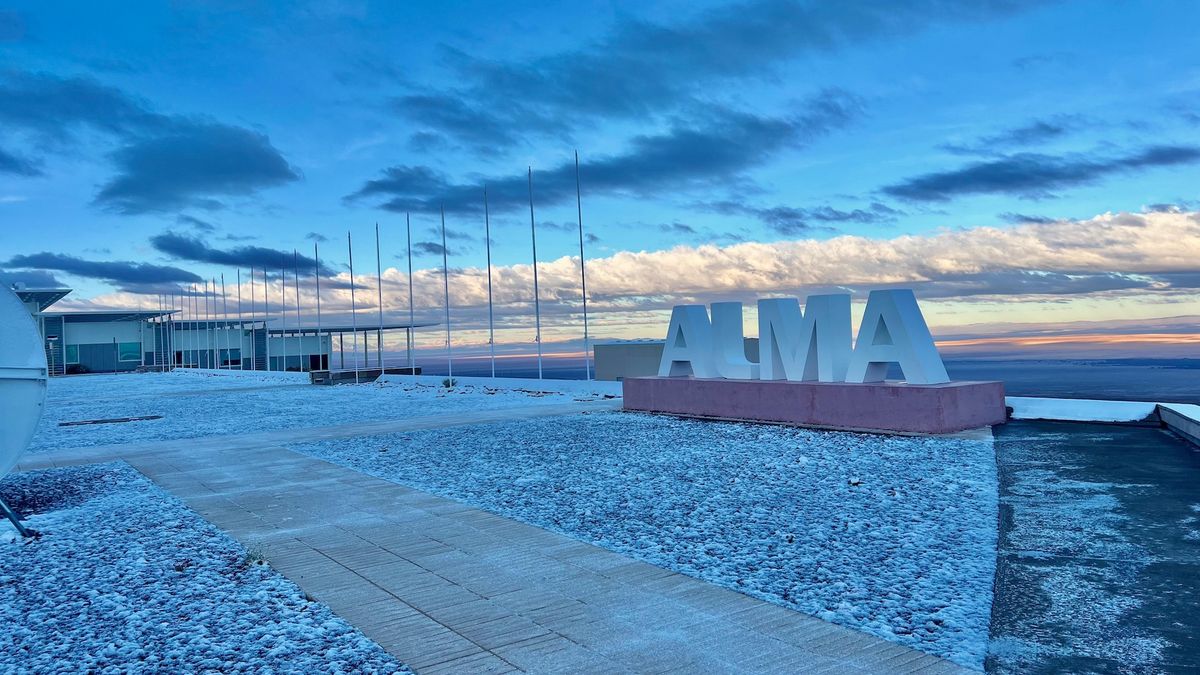Now Reading: Rare Snowfall Pushes World’s Most Powerful Telescope into Survival Mode
-
01
Rare Snowfall Pushes World’s Most Powerful Telescope into Survival Mode
Rare Snowfall Pushes World’s Most Powerful Telescope into Survival Mode

Swift Summary:
- A rare snowstorm occurred in the Atacama Desert, Chile, disrupting operations of ALMA, the world’s most powerful radio telescope.
- The snowfall took place at ALMA’s operations Support Facility, located at 2,900 meters altitude. Snow hadn’t been recorded here for over a decade.
- scientific operations of ALMA have been suspended since June 26 to protect equipment amid extreme conditions (temperatures as low as -12°C and wind gusts up to 62 mph).
- Snow-clearing teams will inspect antennas post-storm due to potential damage risks caused by snow buildup or wind impacts.
- Heavy rainfall farther north damaged properties, triggered landslides and power outages; no casualties reported so far.
- Climatologist Raúl Cordero noted that while such whether events are infrequent at lower altitudes like ALMA’s base camp (annual snowfall there is minimal), upper-altitude locations experience regular seasonal snowstorms fueled by moist air masses from either Amazon or Pacific systems during winter months.
- Climate change could potentially increase precipitation even in hyper-arid regions like Atacama Desert; however, direct links remain uncertain.
Indian Opinion Analysis:
India can draw several insights from this event concerning climate resilience and scientific infrastructure given its growing investment in space exploration and science facilities operating under diverse climatic zones (e.g., Himalayan observatories).The suspension of ALMA’s operations highlights the need for robust safety protocols during extreme weather events-a significant lesson for maintaining critical assets like India’s satellite tracking stations or observatories amid unpredictable climates linked to global warming trends. Additionally, this underscores a broader international concern about how escalating climate variabilities may impact key scientific projects globally which rely on stable environments-an issue Indian authorities must account for when designing future installations.Read More: Rare snowfall disrupts world’s most powerful telescope in Atacama Desert



























